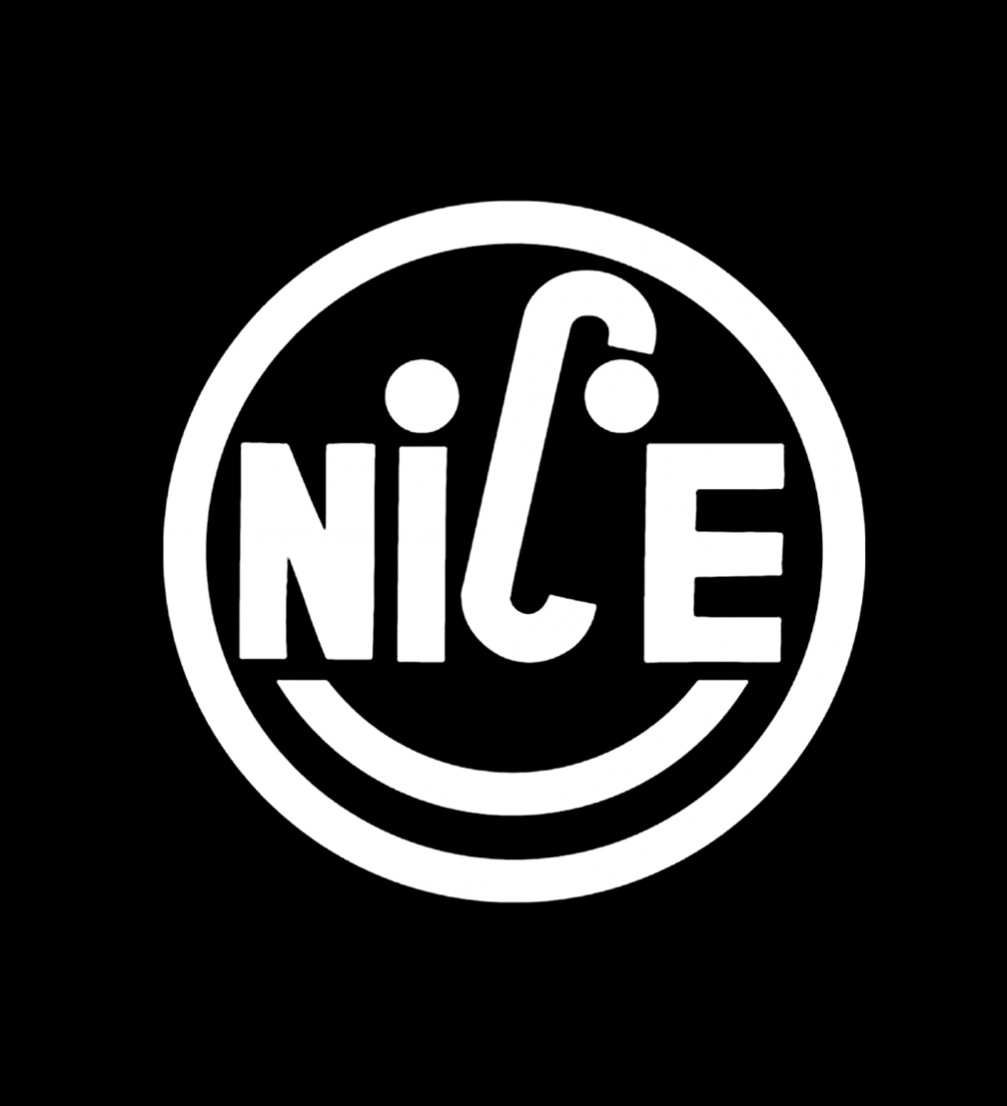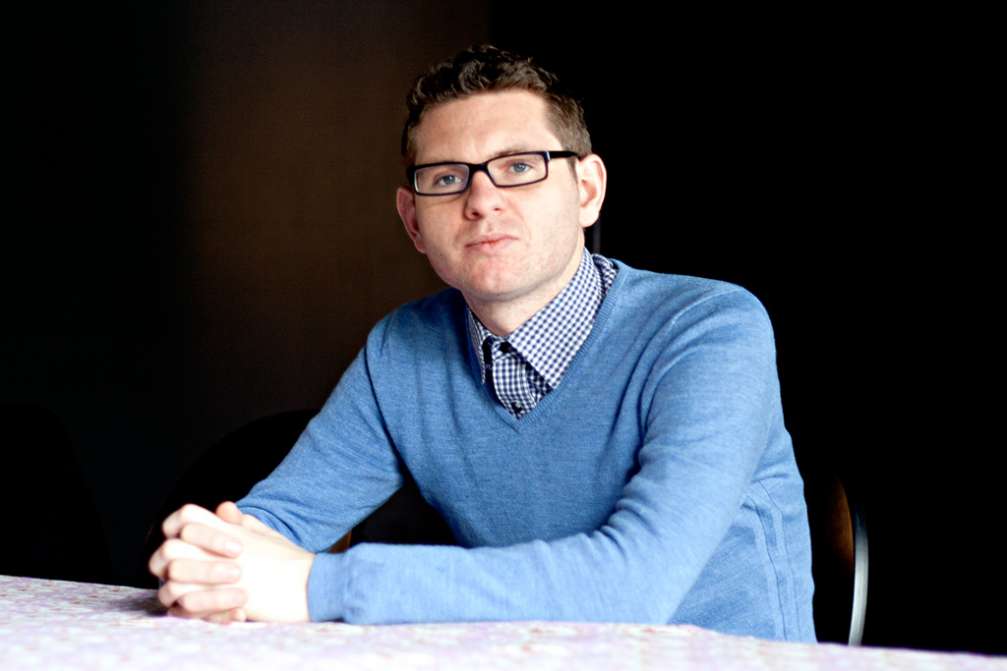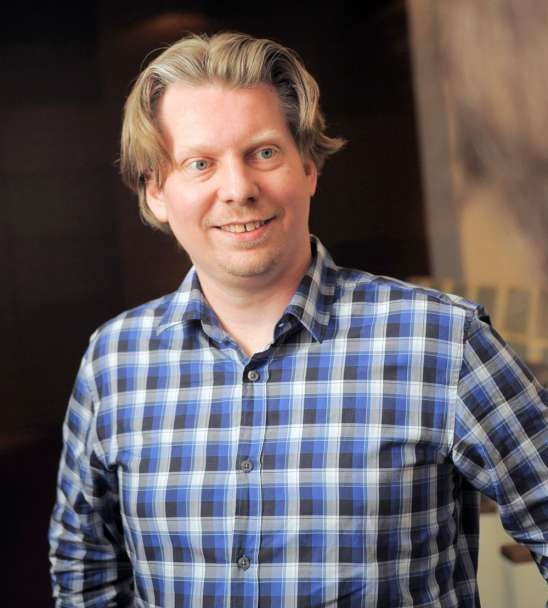
«It’s Nice That» has grown from a student bedroom blog to a whopping 375,000 hits a month online source of inspiration for creatives worldwide. In February Rob Alderson, editor of INT website and its paper counterpart «Printed Pages», visited Riga to give a lecture at Latvian Art Directors Club. Rob’s visit coincided with the birth of FOLD, so we took him out for a lunch to talk about taking a blog to the big media level. Here are the lessons Rob shared with us.
Curate, because it builds trust
It is important to have a core set of principles you can always come back to and bounce off of. Championing creativity is «It’s Nice That’s» (INT) main criterion. Before we post something, we ask ourselves: «Does it champion creativity?» We are looking for originality of idea or originality of execution — because we often come across similar ideas, but a new way of carrying them out can make a big difference. We rarely work on press releases, but search for original content.
We really believe in meritocracy — it is just about the quality of work. We’ll post great work of students alongside work of global corporations like «Coca Cola». When you build trust, your blog starts to become culturally significant. But it goes terribly wrong when you post things just to get more hits.
Be honest
My educational and professional background lies in journalism rather than art and design. It is important to be honest and humble and not to pretend to know more than you actually do. INT founders Will Hudson and Alex Bec are always there to explain if I don’t understand something and both my assistant editors went to art school. But really I think good design should transcend the design community and speak to everyone. Having someone come in with a different background in terms of growing a business is very important, because otherwise you can’t move forward. The process, the exchange of thoughts, the argument is key.
Talk to each other
A blog has a limited shelf life if you just post things that you like. To become a journalistic website, you have to add a layer of thought, consideration and discussion. When I joined INT, we started to discuss everything that goes on the website. Often the best posts are the ones that we have argued about the most, because then the author really justifies why something is worth writing about.
Fail quickly
We have the idea to fail quickly — that is something that only new media can do. Old media are scared of failures. We have the attitude: «Let’s try this!» Our first podcast series were terrible, and it was my project. And for a time our magazine wasn’t performing as well as we wanted it to do. We were trying to be very serious and talk about big issues in arts and design, but that’s not for us. Admit that you failed, stop doing what doesn’t work and review what went wrong.
Be playful, but make your point
The criticism we get a lot is that we’re dumbing down and that design criticism is going to die because of INT. In fact we’re trying to be very accessible, because often design takes itself too seriously. One of our readers said: ««Creative Review» is like our dad and you’re like our friend.» You can be fun, but you have to be conscious of your responsibilities.

From pixels to paper
Online is great for quick updated interactivity — images, images, images! Print has these fantastic tactile qualities — touch, smell and surprise. For us, the magazine is a way to practice what we preach — if we say that print is beautiful, then we make it and make it as beautiful as we can. People still see print as more important than a blog. It helps our brand — shows that we’re something more than «just» a website.
Hold events
Events help us establish a different relationship with our readers. People want to be a part of INT, and events build a brand loyalty, which can’t be achieved online. We really make an effort and talk with as many people as possible in these events. We think that events are about talking with people rather than talking to people.
Be savvy
There’s less money in art and design than there was before, but in the last couple of years we have witnessed how the design industry has taken that as a challenge and accomplished things. State support is amazing and useful, but designers are by their nature very resourceful people and think creatively. New forms of funding creativity are developing quickly.
One of the rising forms of funding is «Kickstarter». It is disrupting not only the marketplace for product design, last year «Kickstarter» gave out more money to arts projects than the American government. I think it will change the way creativity works in the world within the next 5 years – it’s not a niche anymore, it’s a great cultural force now. And it proves that you need to work together, have a community.
Global audience, local context
We post work from everywhere in the world, but we do have a certain London focus, and 40% of our readers come from London. London is a global city, but if you’re a local blog, you have to look at things within the context. Someone might not be the best photographer in the world, but right now in your country he is, and his work might well be very inspiring for someone far away.



Viedokļi